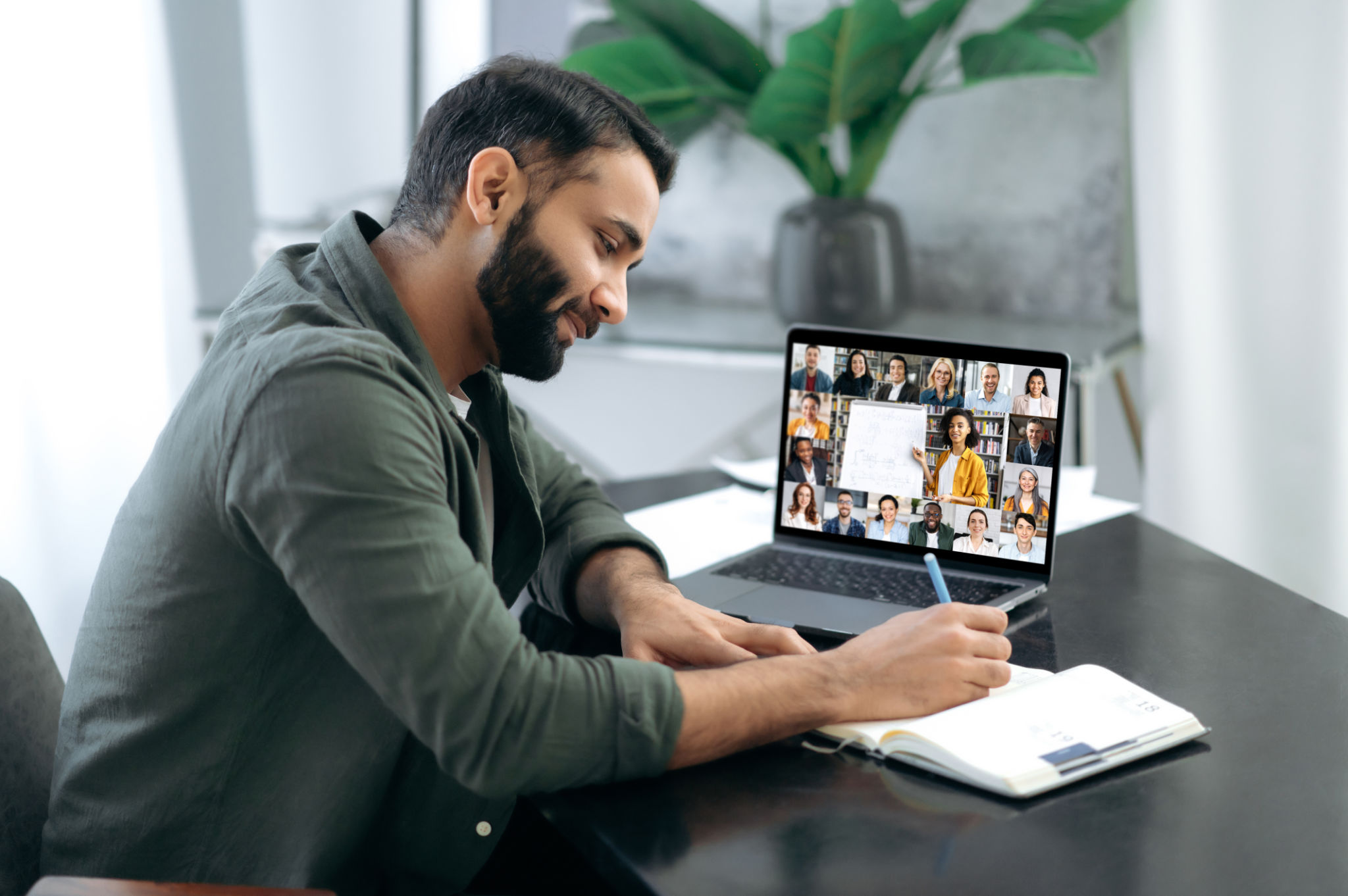Virtual Learning in Performing Arts Education: Benefits for Middle and High School Students
Embracing the Digital Stage
In recent years, virtual learning has transformed numerous educational fields, including the performing arts. This digital evolution offers unprecedented opportunities for middle and high school students, enabling them to access high-quality arts education regardless of geographical constraints. Virtual learning platforms provide students with the tools to explore their creative potential and hone their craft in a supportive, interactive environment.

Access to Diverse Expertise
One significant advantage of virtual learning in performing arts education is the ability to connect with a wide range of instructors and professionals. Students can learn from industry experts who might not be accessible in their local area. This exposure to diverse teaching styles and techniques enriches the educational experience, providing a broader perspective on the performing arts.
Through webinars, online workshops, and virtual masterclasses, students can engage with renowned performers and educators. This interaction not only enhances their skills but also helps build valuable networks for future career opportunities.
Flexible Learning Environment
The flexibility offered by virtual learning is another key benefit. Students can access classes and resources at their own pace, accommodating different learning styles and schedules. This flexibility allows students to balance their performing arts education with other commitments, such as academic studies or extracurricular activities.

Additionally, recorded sessions provide the opportunity to revisit lessons and practice techniques repeatedly. This repetitive learning process reinforces skills and boosts confidence in students, encouraging them to experiment and grow creatively.
Interactive and Engaging Experiences
Despite the physical separation inherent in virtual learning, technology has made it possible to create highly interactive and engaging educational experiences. Platforms often incorporate tools such as video conferencing, chat functions, and collaborative projects, fostering a sense of community among students.
Students can participate in virtual performances, collaborate on group projects, and receive real-time feedback from instructors. These interactive elements help maintain motivation and enthusiasm, crucial for developing skills in the performing arts.

Cost-Effectiveness and Accessibility
Virtual learning can also be more cost-effective than traditional in-person instruction. Eliminating the need for travel and accommodation reduces expenses, making high-quality arts education more accessible to a broader audience. By lowering financial barriers, virtual learning democratizes access to performing arts education.
This accessibility ensures that talented students from diverse backgrounds have the opportunity to pursue their passion for the arts, regardless of their financial circumstances.
The Future of Performing Arts Education
As technology continues to advance, virtual learning in performing arts education will likely become even more immersive and interactive. Innovations such as virtual reality and augmented reality hold the potential to revolutionize how students learn and experience the arts.
By embracing these digital opportunities, educators can prepare a new generation of artists who are not only skilled in their craft but also adaptable and ready to thrive in a rapidly changing world. The future of performing arts education is bright, and virtual learning plays a pivotal role in shaping it.